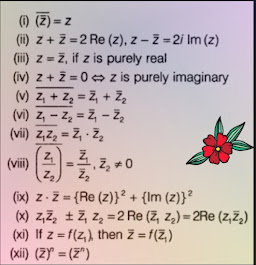Horizontal Asymptote:
In this article we discuss about asymptotes and its kind. There are two kinds of asymptotes which are horizontal asymptotes and vertical asymptotes.
Definition.
A straight line l is called an asymptote for a curve C if the distance between l and C approaches zero as the distance moved along l (from some fixed point on l ) tends to infinity.
The curve C can approach asymptote l as one moves along l in one direction, or in the opposite direction, or in both the directions.
Suppose the equation y = f (x) of C is such that y is real and y → a as x →∞ or x ⟶ -∞ , then y = a is a horizontal asymptote. For, the distance between the curve and the straight line y = a is y - a and this approaches zero as x →∞ or x ⟶ -∞.
vertical asymptote:
If the equation of C is such that y is real and y → 0 or - ∞ as x → a from one side then the straight line x = a is a vertical asymptote. To see this, observe that (I) x - a is the distance between the curve and the straight line and that this distance is supposed to approach zero (ii) y →∞ or - ∞ as x →a so that,
limY→±∞ (x-a) = limx→a (x-a) = 0
Thus, to locate vertical asymptotes we have to find a number a such that limx→a Y=∞ or - ∞
Similarly, if y→ mx + c as x →∞ or x → -∞ then y = mx + c is an asymptote (which is neither vertical nor horizontal).
Thus, we inquire for limx→±∞ (Y) in studying asymptotes.
For algebraic equations we can find horizontal and vertical asymptotes as follows:
For horizontal asymptotes we write the given equation in the form x = ψ(y) / θ(y) and consider those values of y for which θ (y) = 0. Similarly, to find a and consider vertical asymptote, we write the given equation in the form y = f(x) / g(x) those values of x for which g (x) = 0.
Working Rule for Asymptotes Parallel to the Axes.
In an equation of a curve the coefficient of the highest power of x (respectively of y ) equated to zero gives asymptotes (if any) parallel to the x-axis (respectively y-axis)...











0 Comments